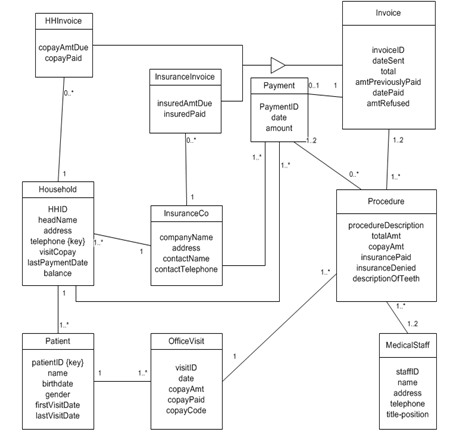Figure 13-36 is a fully developed use case description for the use case Print patient invoices in
Question:
a. Develop a first-cut communication diagram that only includes the actor and problem domain classes.
b. Develop a design class diagram based on the domain class diagram.
Dental Clinic System
A clinic with three dentists and several dental hygienists needs a system to help administer patient records. This system does not keep any medical records. It only processes patient administration. Each patient has a record with his or her name, date of birth, gender, date of first visit, and date of last visit. Patient records are grouped together under a household. A household has attributes such as name of head of household, address, and telephone number. Each household is also associated with an insurance carrier record. The insurance carrier record contains name of insurance company, address, billing contact person, and telephone number.
In the clinic, each dental staff person also has a record that tracks who works with a patient (dentist, dental hygienist, x-ray technician). Because the system focuses on patient administration records, only minimal information is kept about each dental staff person, such as name, address, and telephone number. Information is maintained about each office visit, such as date, insurance copay amount (amount paid by the patient), paid code, and amount actually paid. Each visit is for a single patient, but, of course, a patient will have many office visits in the system. During each visit, more than one dental staff person may be involved by doing a procedure. For example, the x-ray technician, dentist, and dental hygienist may all be involved on a single visit. In fact, some dentists are specialists in such things as crown work, and even multiple dentists may be involved with a patient. For each staff person does procedure in a visit combination (many-to-many), detailed information is kept about the procedure. This information includes the type of procedure, a description, the tooth involved, the copay amount, the total charge, the amount paid, and the amount the insurance company denied.
Finally, the system also keeps track of invoices. There are two types of invoices: invoices to insurance companies and invoices to heads of household. Both types of invoices are fairly similar, listing each visit, the procedures involved, the patient copay amount, and the total due. Obviously, the totals for the insurance company are different from the patient amounts owed. Even though an invoice is a report (when printed), it also maintains some information such as date sent, total amount, amount already paid, amount due and the total received, date received, and total denied. (Insurance companies do not always pay all they are billed.)
The receptionist keeps track of patient and head-of-household information, and will enter this information in the system. The receptionist will also keep track of office visits by the patients. Patient information is also entered and maintained by the office business manager. In addition, the business manager maintains the information about the dental staff.
The business manager also prints the invoices. Patient invoices are printed monthly and sent to the head of household. Insurance invoices are printed weekly. When the invoices are printed, the business manager double-checks a few invoices against information in the system to make sure it is being aggregated correctly. She also enters the payment information when it is received.
Dental staff are responsible for entering information about the dental procedures they perform.
The business manager also prints an overdue invoice report that shows heads of household who are behind on their payments. Sometimes dentists like to see a list of the procedures they performed during a week or month, and they can request that report.
Class Diagram and Use Case Diagram for Dental Clinic System


Step by Step Answer:

Systems Analysis and Design in a Changing World
ISBN: 978-1305117204
7th edition
Authors: John W. Satzinger, Robert B. Jackson, Stephen D. Burd





